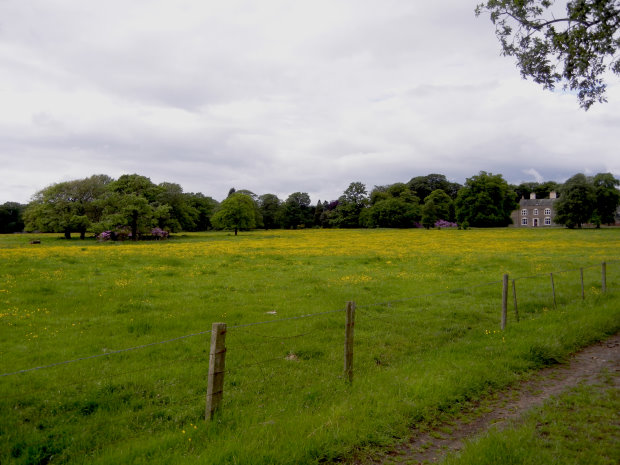
It’s hard for young architects to get established in the golf design business these days. With course construction in established golf markets still scarce, today’s budding designers often have to travel far and wide in search of opportunities to make their mark.
English architect Jonathan Davison, for example, now lives in Bratislava, Slovakia, and has worked on courses in Poland and the Czech Republic. But his travels have paid off – last year Davison opened the Heritage course at the Penati resort in Slovakia, his first design in his own name. The course has been widely acclaimed, and is tipped to be recognised as one of the finest in central and eastern Europe.
Now, the South Shields-born Davison has a project much nearer home. He has been appointed by development firm Cameron Hall to design the golf course at its Woolsington Hall project outside Newcastle in England’s north east – only a few miles from where he grew up.
As well as Davison’s golf course, the Woolsington project will see the restoration of the long derelict country house to become the Newcastle area’s first five star hotel. The house has been on English Heritage’s ‘At Risk’ register for the last twelve years.
“It isn’t often that you get a project so close to home,” said Davison, who admits he is excited to be able to create a course in his old stamping ground. “It isn’t too common to have a property like this to work with – a very traditional English landscape with mature oak trees and wandering streams.”
That landscape is protected by planning regulations, and, rather than fight the planners, Davison and his client have come up with a scheme aimed at producing a course that will be entirely in harmony with the historic parkland.
“There will be no sand bunkers on the course – the planning authorities were keen to avoid having artificial sand imposed on the landscape,” he said. “That means we have had to find another way to create golfing interest, primarily using the contours of the land. The routing – how the holes move across the site – is always the most important part of any golf course design, but here it was even more crucial. I have spent a huge amount of time ensuring that the routing makes the best possible use of the natural features of the site. Every hole needs to have some kind of feature based on an element of the landscape. We have holes doglegging around copses of trees, holes playing over the natural streams, and holes featuring single trees – a big oak in the centre of one fairway, for example.”
“The design will minimise the necessary earthmoving, which is essential to make the course sit lightly on the land,” he added. “Basically we’ll move substantial dirt only to build greens and tees. There will be some small earthworks to ensure the fairways drain, but that will be all. I think sometimes we golf architects get lazy because we can move dirt. This often results in a routing that doesn’t make the best use of the site. Here, the routing is everything.”
The project is currently being considered by the local planning authorities. “As soon as planning consent is granted, we will start work on site,” said Davison.
Create Golf www.creategolf.com

